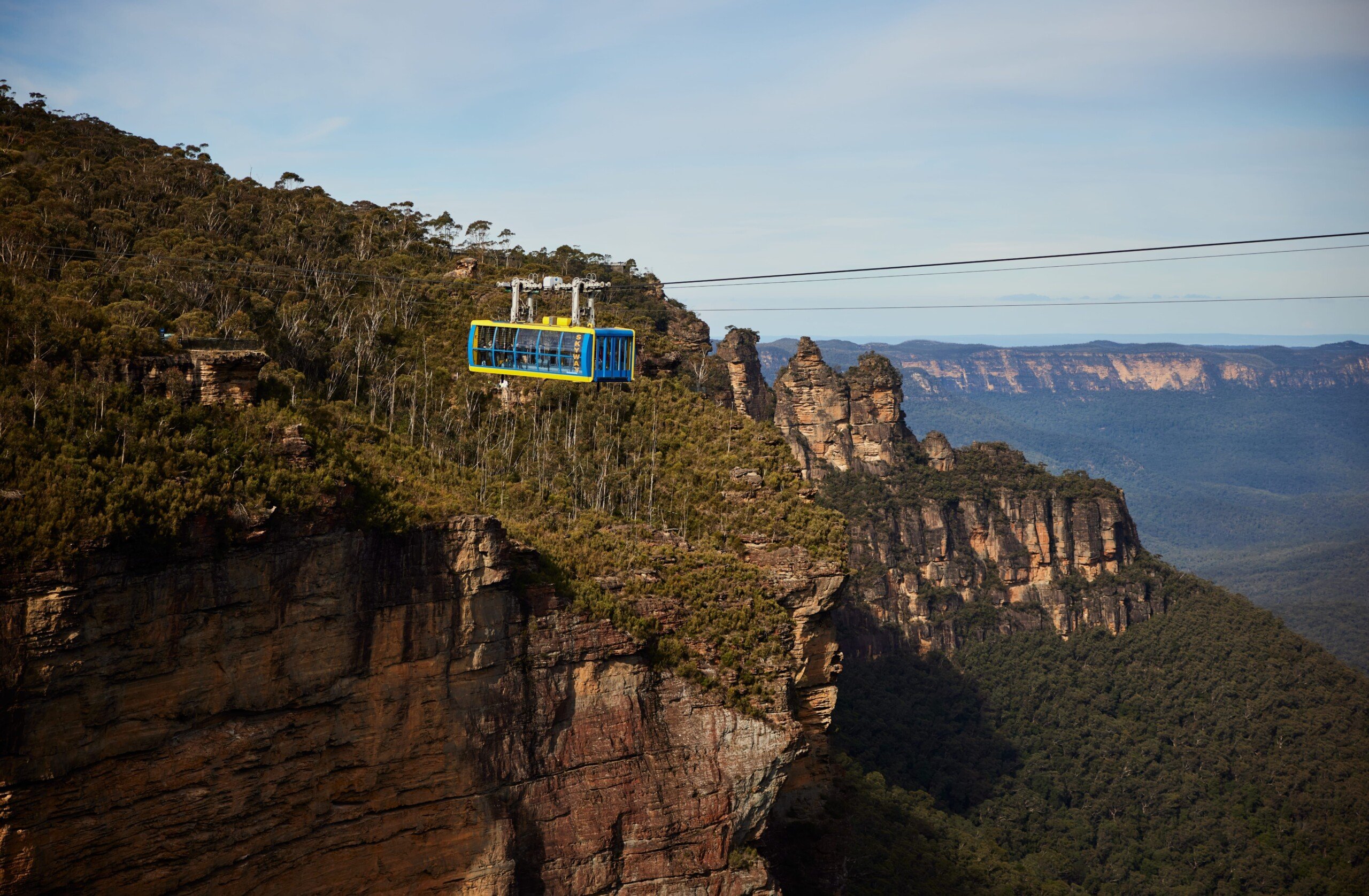
Historic Blue Mountains: Must-Visit Heritage Sites and Museums
The Blue Mountains, a region renowned for its dramatic sandstone cliffs, lush eucalyptus forests, and world-famous walking trails, is not just a natural wonder—it’s also a treasure trove of history. From colonial architecture to museums celebrating the area’s rich Aboriginal heritage and early European settlement, the Blue Mountains offers an immersive journey into Australia’s past. For visitors seeking more than just breathtaking landscapes, exploring the region’s historic sites and museums is a must. Here’s your guide to the must-visit heritage destinations in the Blue Mountains.
Echoes of the Past: Understanding the Blue Mountains’ Heritage
The Blue Mountains, with their soaring sandstone cliffs, canyons, and untouched bushland, have been home to the Gundungurra and Darug peoples for thousands of years, alongside the nearby Burra Burra tribe at Jenolan Caves. These Aboriginal tribes developed rich traditions, beliefs, and a deep connection to the land, which remain significant today despite European settlement beginning in 1813 when explorers found a passable route through the region. Key cultural sites include The Gully, a historic Aboriginal settlement now reclaimed under the National Parks and Wildlife Act; the Waradah Aboriginal Centre in Katoomba, offering performances, art, and interactive experiences; the iconic Three Sisters rock formation and its Dreamtime story; and the Blue Mountains Botanic Garden at Mount Tomah, showcasing native flora and ancient rock shelters. Visitors can also explore remarkable rock art, created with natural pigments, that vividly tells the stories of daily life, animals, and spiritual beings, preserving the heritage of the region’s first peoples.
The Hydro Majestic Hotel, Medlow Bath
A jewel of the Blue Mountains’ architectural heritage, the Hydro Majestic Hotel is a testament to early 20th-century opulence. Opened in 1904, the hotel was originally intended as a health retreat, taking advantage of the mountain air for recuperation. Its grand facade, featuring a striking mix of Italianate and Art Deco elements, has made it one of the region’s most iconic landmarks. Visitors can explore the hotel’s heritage-listed areas, enjoy high tea in the elegant ballroom, or simply soak in the panoramic views of the Megalong Valley. Even if you’re not staying overnight, the Hydro Majestic is worth a visit for its historical charm and architectural splendor.

Norman Lindsay Gallery & Museum, Faulconbridge
Art lovers will delight in the Norman Lindsay Gallery & Museum, dedicated to the life and work of one of Australia’s most controversial and celebrated artists. Lindsay, known for his provocative paintings, etchings, and sculptures, lived in the Blue Mountains for over 50 years. His former home and studio have been preserved, offering visitors a fascinating glimpse into the artist’s creative world. The gallery showcases Lindsay’s artwork alongside personal memorabilia, period furniture, and a beautifully maintained garden featuring whimsical sculptures. It’s a must-visit for those interested in Australian art and the cultural history of the mountains.
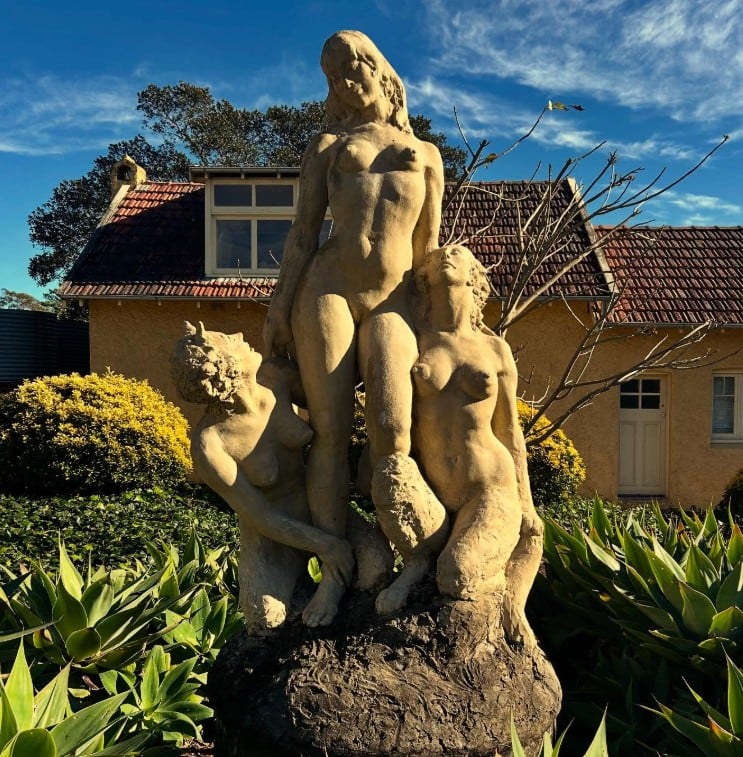
Blue Mountains Cultural Centre, Katoomba
The Blue Mountains Cultural Centre is a modern hub that connects visitors to the region’s past and present. Its innovative exhibitions highlight the area’s history, art, and culture, with a focus on both Aboriginal heritage and European settlement. The center also houses the Lawson Library, where you can explore local archives, historical photographs, and records that provide insight into the lives of the mountains’ early residents. Don’t miss the terrace, which offers stunning views over Katoomba Falls and Echo Point, blending history with the natural beauty that makes the Blue Mountains so iconic.
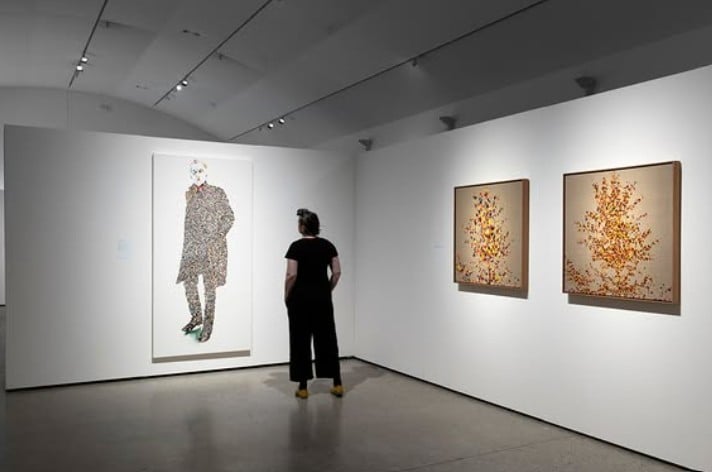
Leura Mall & Historic Streetscapes
A stroll down Leura Mall offers a charming glimpse into the region’s colonial past. Many of the shops, cottages, and gardens retain their early 20th-century charm, complete with period architecture and heritage listings. The area is perfect for combining a historical walk with some modern indulgence—cafés, boutiques, and artisan stores sit alongside heritage buildings, providing a unique mix of past and present. Local walking tours often highlight the history of notable buildings and the stories of the families who settled here, offering a more intimate understanding of the area’s heritage.

Hartley Historic Village
For a step further back in time, Hartley Historic Village is a must-visit. Located on the western edge of the Blue Mountains, Hartley preserves a collection of sandstone buildings from the 1830s and 1840s. Once a bustling administrative center during the early colonial period, the village includes a courthouse, post office, inn, and cottages—all meticulously restored. Walking through Hartley feels like stepping into a living museum, where visitors can explore the history of colonial governance, early settlers, and daily life in 19th-century New South Wales.
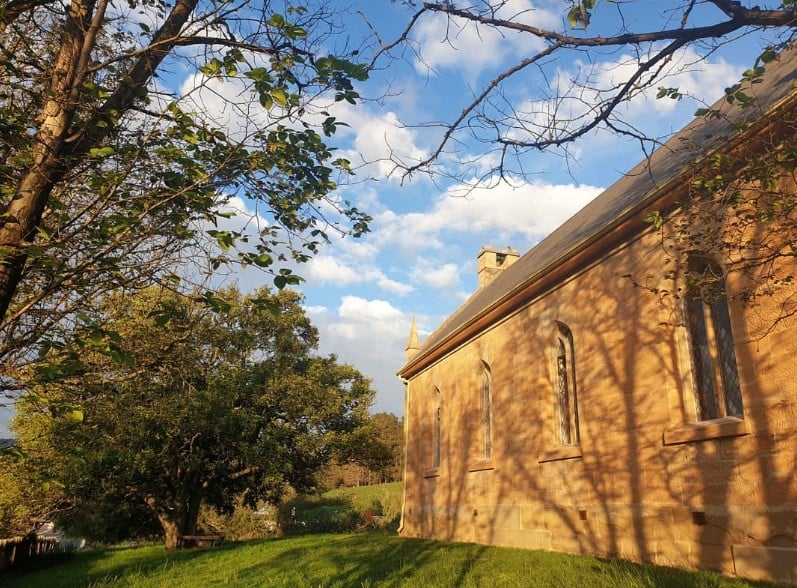
Scenic World & Heritage Railway
While Scenic World is famous for its scenic railway and cableway rides, it also has a rich heritage connection. The railway, which was originally used for coal and timber transport in the late 19th century, is now a thrilling way to descend into the Jamison Valley while appreciating the engineering feats of the past. Historical displays at Scenic World highlight the industrial heritage of the Blue Mountains, connecting visitors to the region’s early industries and transport history.
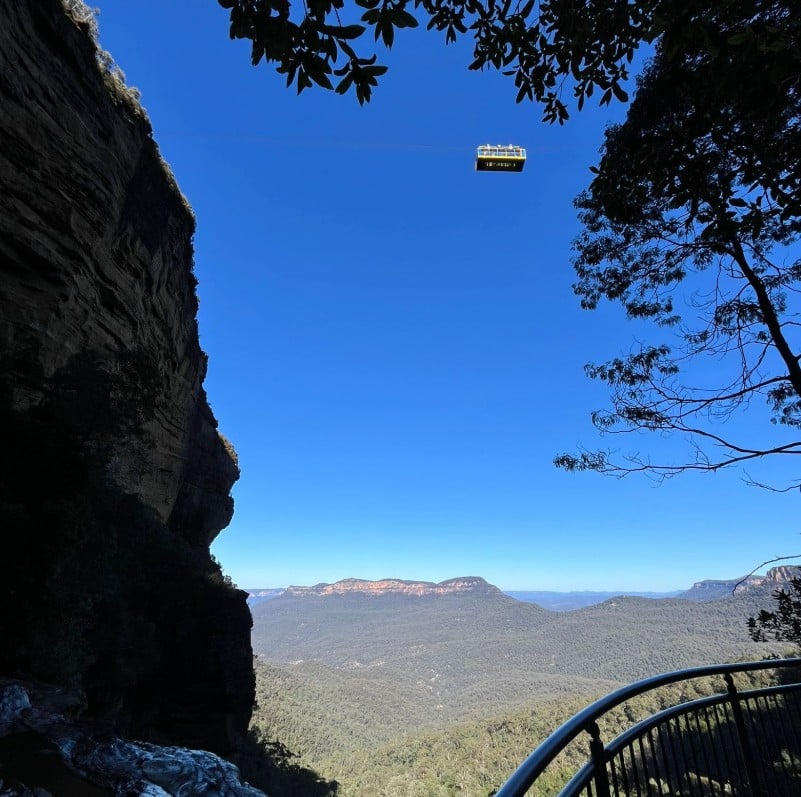
Planning Your Historic Blue Mountains Escapes
Exploring the Blue Mountains’ heritage sites and museums is best done at a leisurely pace, allowing time to fully appreciate the architecture, exhibitions, and natural beauty that make the region so captivating. Stay in one of the many charming heritage cottages or modern retreats offered by Blue Mountains Escapes, and make the most of your journey through history. Whether it’s wandering the halls of the Norman Lindsay Gallery, sipping tea at the Hydro Majestic, or strolling through Hartley Village, each site tells a story that enriches your understanding of this iconic Australian landscape.
From Indigenous heritage to colonial architecture and artistic legacy, the Blue Mountains is a living museum. Visiting these historic sites allows you not only to witness the beauty of the past but also to connect with the people, stories, and events that shaped this remarkable region. So pack your walking shoes, bring your curiosity, and embark on a heritage journey through the heart of the Blue Mountains.
